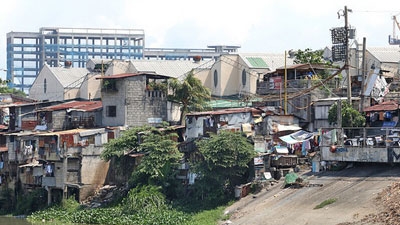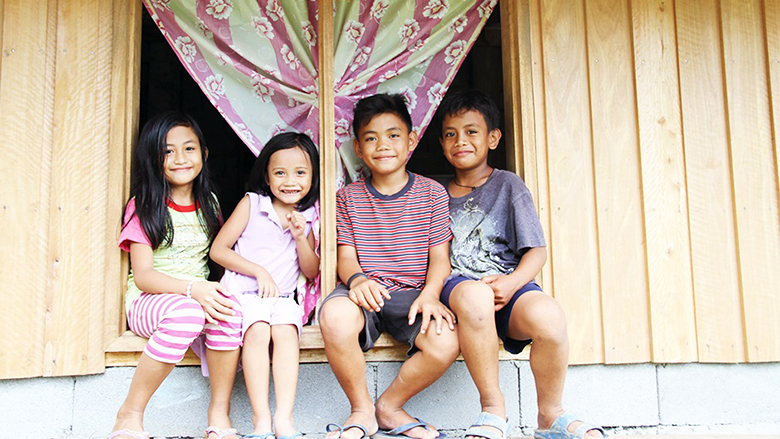Access to basic sanitation is considered a necessary party of improving development opportunities for poor families. Worldwide, some 2.5 billion people still don’t have access to improved sanitation, and programs to end open defecation have had limited success. To get people to give up open defecation and use latrines, three things now appear necessary: people have to want improved sanitation, they need access to supplies to build latrines and they need the financial resources to buy the materials. This evaluation will test the impact of adding subsidies or loans to promotional campaigns, providing valuable evidence about the usefulness of adding different types of financing options to sanitation promotion programs.
Research area: Water Supply, Sanitation and Hygiene
Country: Philippines
Evaluation Sample: 13 barangays (the smallest administrative unit, also called villages or communities)
Timeline: Ongoing
Intervention: information, subsidies, loans
Researchers: Paul J. Gertler, University of California, Berkeley; Joshua Gruber, University of California, Berkeley; Claire Chase, World Bank; Christian Borja-Vega, World Bank
Partners: Department for Social Welfare and Development, Philippines; WSP-World Bank; UNICEF; Department of Health Department of the Interior and Local Government, Philippines
Context
The Philippines runs a very extensive social protection program, called Pantawid Pamilyang Pilipino Program, which covers some 4 million poor households. This program, known as the 4Ps, gives poor families cash for meeting certain conditions, such as bringing young children for regular health-check-ups and sending older children to school. Many beneficiaries don’t have access to improved sanitation, putting their children at risk of diseases that can stunt growth and keep children out of school from poor health. The Government of the Philippines has had a Zero Open Defecation program in its poorest provinces, but use of improved sanitation remain limited. The World Bank’s Water and Sanitation Program, working with the government, is going to integrate a new sanitation approach into the social protection program in some parts of the country and measure the impact on people’s access to and use of toilets. Depending on the results, the program could be easily scaled up through the existing social protection system.
The program will rely on the country’s existing poverty targeting system to identify households in need of financial support to build sanitation systems. Using the already existing tracking system and integrating the program into the country’s already existing, large scale conditional cash transfer social protection program could substantially reduce the transaction costs of targeting sanitation services to the poor.

